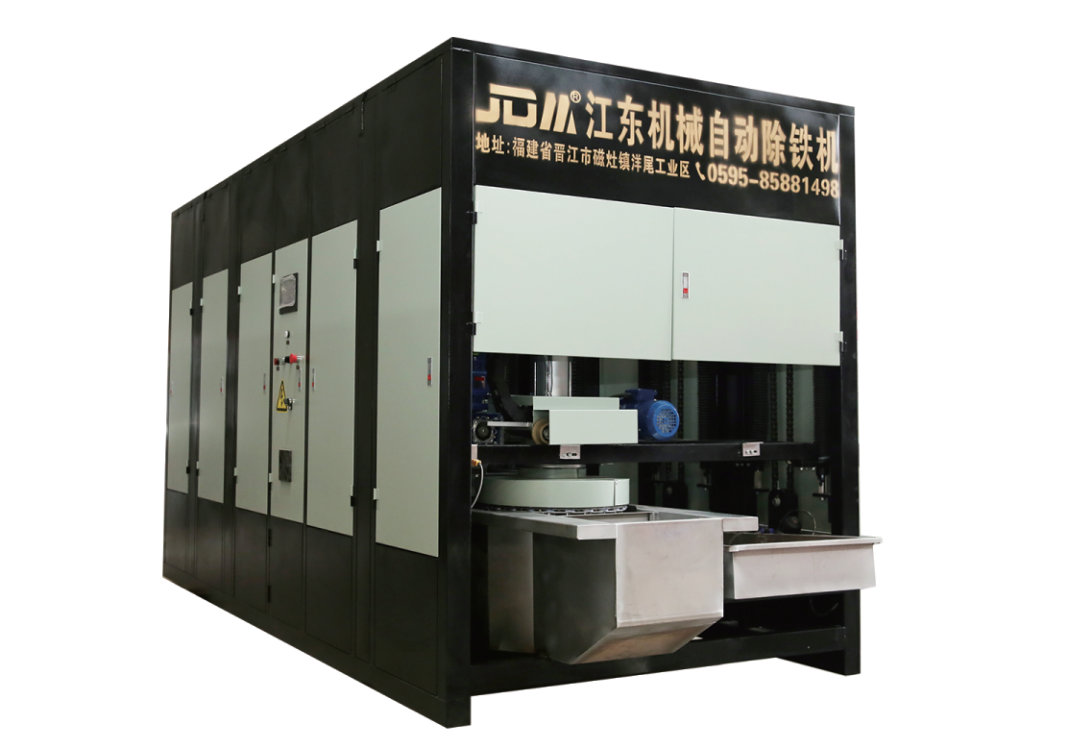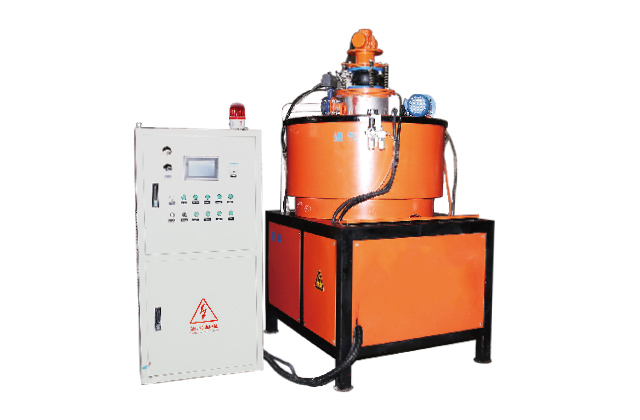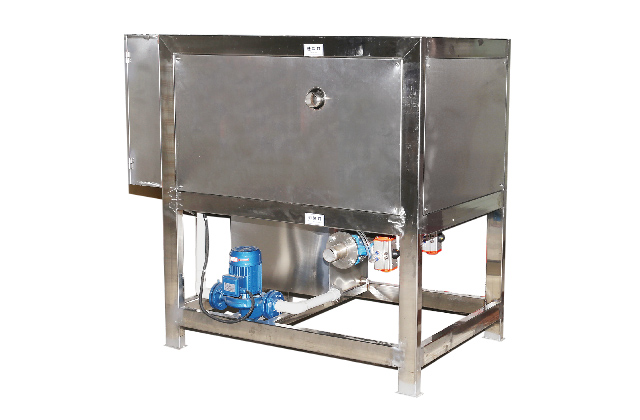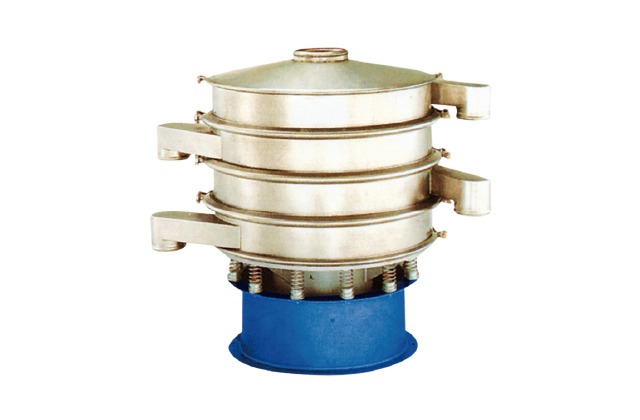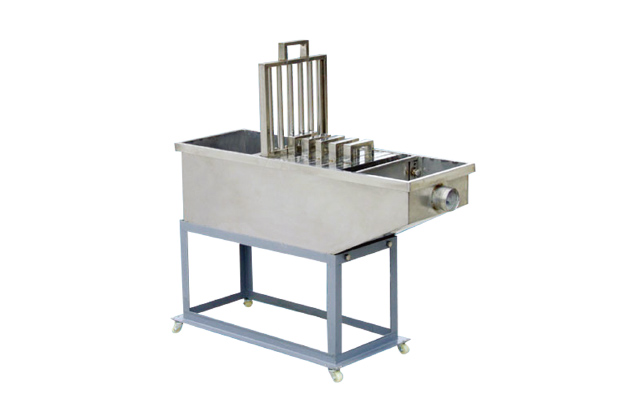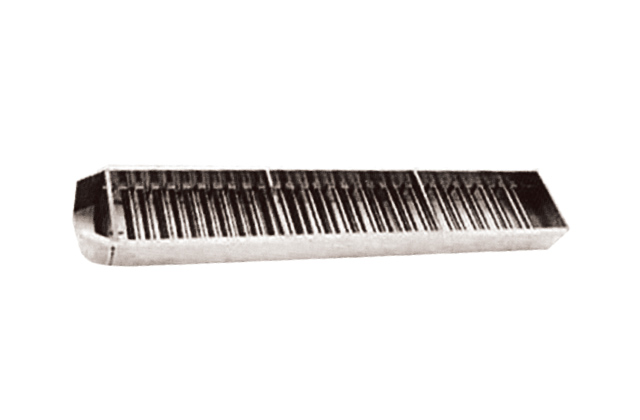September 10, 2025
What Are the Benefits of Using a De-Ironing Separator?
Understanding the Role of De-Ironing Separators
De-ironing separators are specialized equipment designed to remove iron and other magnetic contaminants from materials. These devices are widely used in various industries, including mining, recycling, and manufacturing. But have you ever wondered why they are so essential? Let’s break it down and explore the numerous benefits of using a de-ironing separator.
1. Improved Product Quality
One of the most significant advantages of de-ironing separators is their ability to enhance the quality of your final product. When iron contaminants are present in materials, they can cause defects, reduce purity, and even damage equipment during processing. By effectively removing these contaminants, de-ironing separators ensure that your products meet high-quality standards and are more appealing to your customers.
2. Reduced Maintenance and Equipment Damage
Iron particles can be abrasive and potentially harmful to machinery. Over time, these particles can cause wear and tear on equipment, leading to costly repairs and downtime. De-ironing separators act as a protective barrier, minimizing the risk of damage and reducing the need for frequent maintenance. This not only saves money but also extends the lifespan of your equipment.
3. Increased Efficiency in Production
When contaminants are removed early in the production process, it streamlines operations and reduces the likelihood of bottlenecks. De-ironing separators help maintain a smooth workflow, ensuring that materials are processed efficiently and without interruptions. This is particularly important in industries where time is of the essence and production delays can lead to significant financial losses.
4. Environmental Benefits
Another often-overlooked benefit of de-ironing separators is their contribution to environmental sustainability. By removing contaminants, these devices help reduce waste and prevent harmful materials from entering the environment. Additionally, cleaner materials often require less energy to process, which can lead to a reduction in carbon emissions.
5. Cost Savings
While the initial investment in a de-ironing separator may seem substantial, the long-term cost savings far outweigh the expense. By reducing equipment damage, minimizing waste, and improving product quality, these separators can significantly lower operational costs. They also help businesses avoid potential fines or penalties associated with non-compliance with environmental or industry regulations.
6. Versatility Across Industries
De-ironing separators are not limited to a single industry. They are versatile tools that can be applied in various sectors, from food processing to pharmaceuticals. Whether you’re dealing with raw materials, recycled goods, or finished products, these separators can be adapted to meet the specific needs of your business.
Choosing the Right De-Ironing Separator
With so many options available, selecting the right de-ironing separator can be overwhelming. When making your decision, consider factors such as the type of material you’re working with, the level of contamination, and the desired output quality. It’s also important to consult with industry experts to ensure you’re investing in a separator that aligns with your business goals.
Conclusion: Why You Need a De-Ironing Separator
In today’s competitive market, businesses need every advantage they can get. De-ironing separators offer a multitude of benefits, from improving product quality and reducing maintenance costs to enhancing efficiency and supporting environmental sustainability. If you haven’t already, it’s time to consider how a de-ironing separator can transform your operations and take your business to the next level.

